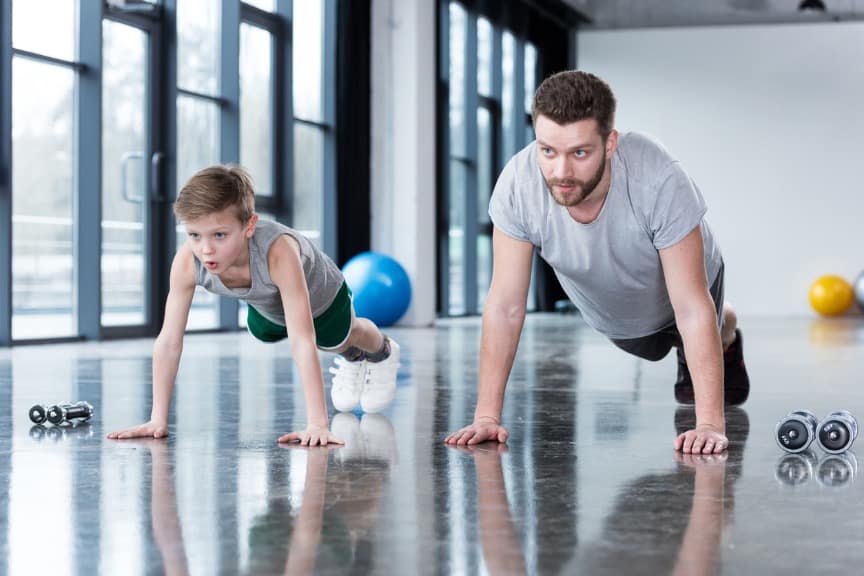
Kids in today’s world are sitting more now than ever. When we were younger, we sat during the school day, but most of us had gym at least 2-3 times per week, we ran around at recess, and after school we walked or rode our bikes. Maybe we watched some TV, but we certainly didn’t have the access to the technology of today’s world.
A few years ago, there was a great article in Time Magazine with the title “Is Sitting The New Smoking?”
This article raised many concerns amongst corporate employers. Health insurance benefits are expensive for businesses and the biggest cost these corporations face are their employees health care costs. Well, consider that the current workforce didn’t even have the same level of technology access that our current youth population do, you only imagine how much worse the future health of the next generation will be, right?
Now, you may be saying to yourself “ my child does club soccer, town baseball, karate class and has a drumming lesson every week. So she’s good, I’m not too worried about her level of physical activity.” Well, I don’t disagree that most of our kids are involved in activities that keep them moving. However, the rate of attrition increases with age, and by the time these children are in middle school, many have quit for various reasons. So, then cue the sitting time and the increase of cell phone and video game use. And then, by the time these kids are 14-15 years old, they either stop playing sports all together or, their time is completely consumed by 1-2 sports. Not only do these kids play their sport that is in season, but many have additional club practices.
So, now you ask – how and where can you fit in strength training for your child? And more importantly than that- what is the right type and amount? Should you sign your child up for a class or is it crazy to hire them a personal trainer?
I’ll just state this right now- I am biased because I am a personal trainer. I do make my living coaching and training people. But understand this: I made a choice to be a trainer because of my experiences as a high school and collegiate athlete. I chose to help people, because I needed so much help in those formative years. And when my parents hired me a trainer at 15 years old, it wasn’t to help me lose weight. It was to help me recover from an injury and guide me on the path for athletic and mental success. My first trainer (her name was Barbara) taught me how important it was for my knees and core to squat, to lunge, to have proper form when doing a push-up. All things that we maybe take for granted. Ask yourself this; do you wish you had a trainer at some point in your life to help you learn? Have you relied solely on what you may see in a magazine or on Instagram?
Let’s get back to your kids. Do they ever complain about aches and pains? Can they squat? Do they “need yoga” because they are so tight? Honestly, what every kid needs is someone to hold them accountable and someone to be a positive athletic force. Kids naturally love to exercise. Some maybe more than others, but it boils down to helping these kids gain confidence thru strength and agility training. Nothing is more exciting to watch as when a kid gets their first body weight chin up, or has their fastest mile time or can do a “real push-up.” Even more incredible is to watch some of these goofy elementary and middle school kids go from a place where they can’t balance sufficiently on one leg, to jumping up onto a 24” box or using one leg to hurdle hop and land. Now more than ever, we have asked these kids to play sports almost year round in order to be at a competitive level, but we haven’t given them the foundation beneath their bodies. And then those kids who maybe lose interest in playing a sport because they weren’t competitive enough or skilled enough- what happens to them?
Let’s teach these kids how to squat. How to feel their feet on the ground and how to brace their core. Let’s teach them to breathe and keep their shoulders down and away, keep their rib cage down and how to stand on one leg while moving their opposite arms. Let’s give them the opportunity to challenge themselves and give themselves goals to achieve. In a safe and effective manner. Let’s help them prevent ACL tears, Achilles tendinitis and potential rotator cuff injuries. Let’s help them learn to be more powerful by picking up kettle bells or battle ropes or performing box jumps. Let them have fun – but be disciplined.
If there’s a shred of doubt in your mind that our youth needs to find a way to utilize strength training, consider that we understand and believe in tutoring our kids for school. Why wouldn’t you then “tutor” your child for sports by helping them get the tools they need?
And even if your child isn’t “serious” about a sport or “good enough” to play on their varsity team, why not give them the training to become a strong and fit adult?
I hope that by reading this you have opened your eyes to learning more about how strength and conditioning can not only help your child perform better on the field/court/ice/pool, but can assist them with lifelong skills and habits.


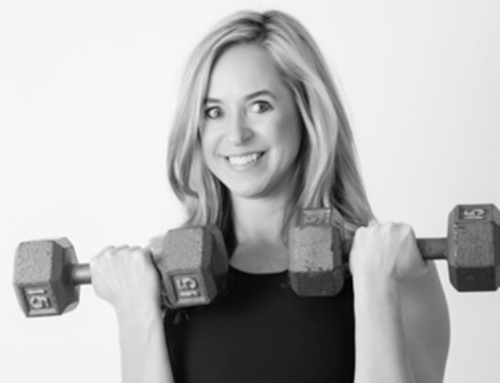
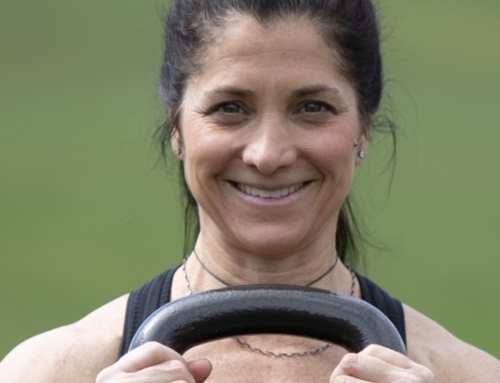
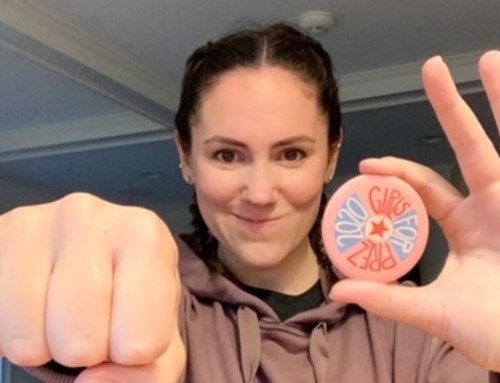

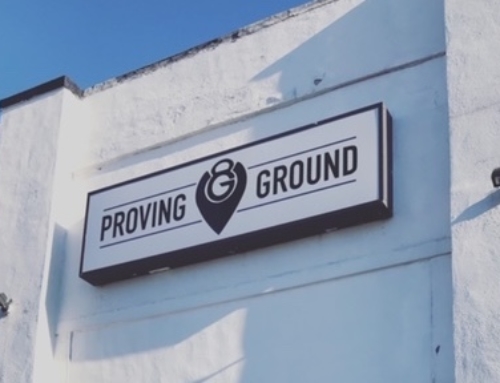

Leave A Comment